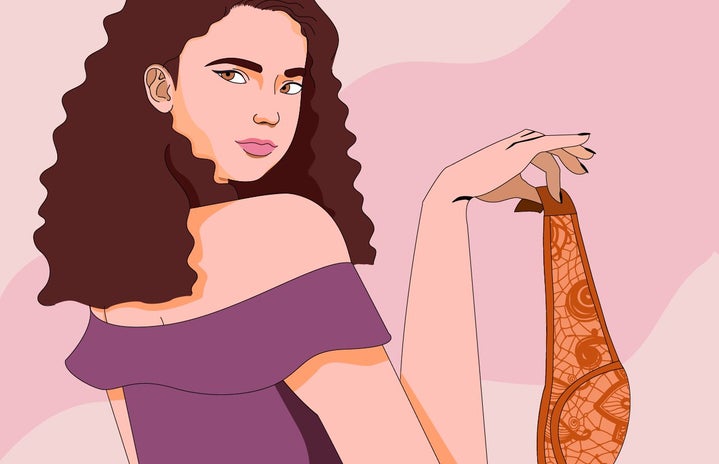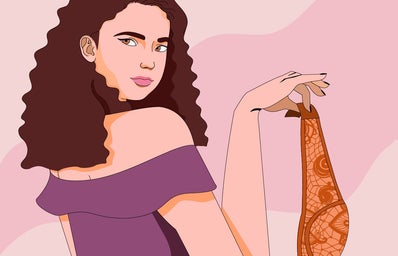The term ‘male gaze’ was devised by Laura Mulvey in 1973. It refers to the way television and cinema fortify the hold of the patriarchy in so many areas of our lives. Mulvey noticed that the way women are represented in films is almost exclusively from a straight man’s perspective and is amplified to the point of representing the gaze of the most leering, objectifying of men. This is the product of a male-dominated industry, “on the top 100 grossing films of 2019, women represented 10.7% of directors” (Women and Hollywood, 2021). Disproportionate hiring happens on a massive scale thanks to often a subliminal bias against women, or often minority groups. This is just one of the far-reaching effects of gender and racial bias in employment.
Mulvey noted that the male gaze exists under the premise that sex sells. This is true, and there’s nothing intrinsically wrong with that. Still, with straight men occupying the vast majority of high powered roles in film making, since the birth of film, women have ever-increasingly become the object of this. Bond films are a key example. Women are shown almost entirely wearing tight-fitting, skimpy clothes. Every shot of them involves a sultry smile or wide eyes gazing up to the camera, placed in the position of a man standing slightly taller. The women given screen time are young and fit normative beauty standards; we see that this earns the respect of male characters. We have little opportunity to observe men’s interaction with older women, and those not conceived as beautiful are given few lines and little respect from their male counterparts.
Women’s character roles often serve as only what they give to men; they are the main characters wife or love interest or just used for sex scenes. When the protagonist is a woman, note how much of their dialogue is speaking about men with friends, crying over men or narrating their falling in love with a man. Male protagonists, on the other hand, play the central role in numerous categories of multifaceted plots.
For straight men, this is largely invisible until pointed out; this view of the genders accepts them even if much exaggerated from their own point of view. Either women are estranged from the bulk of mainstream cinema, or we learn to objectify ourselves. The way we see women accepted as attractive in film is through their propensity to be perceived as sexual by men. We learn from a young age that our value to men is sexual, and our appearance defines the extent to which we’ll be respected.
Women’s strength and power doesn’t come from the desire of men but our brilliant propensity for peace and unity.


